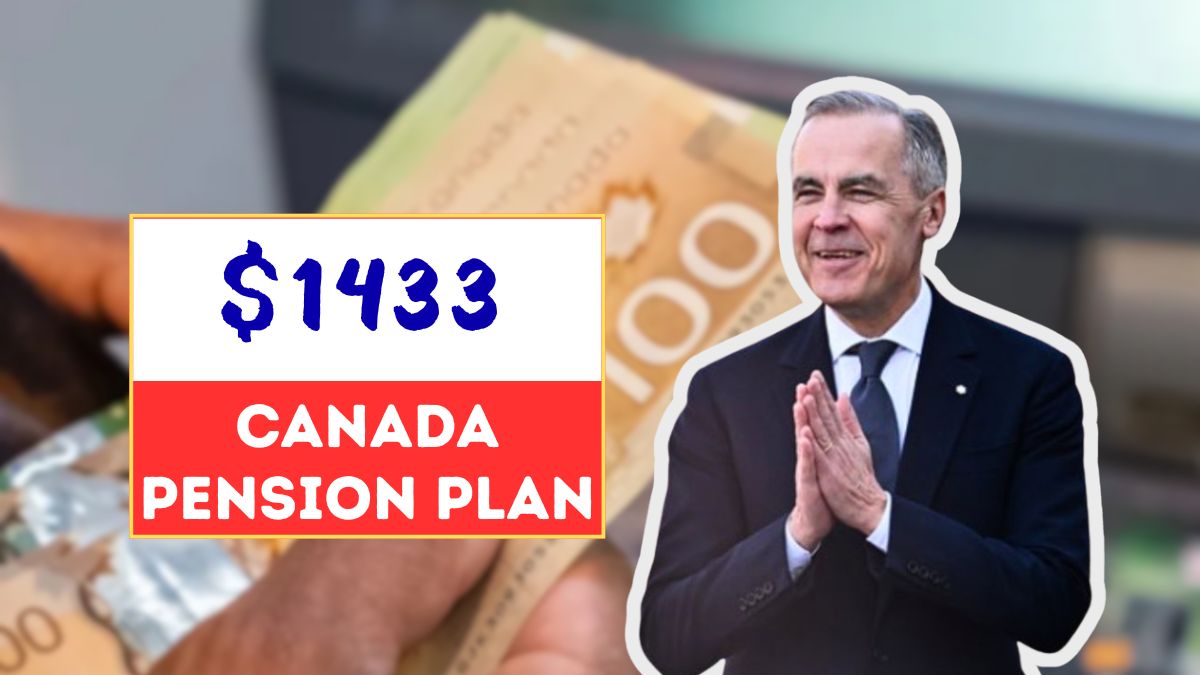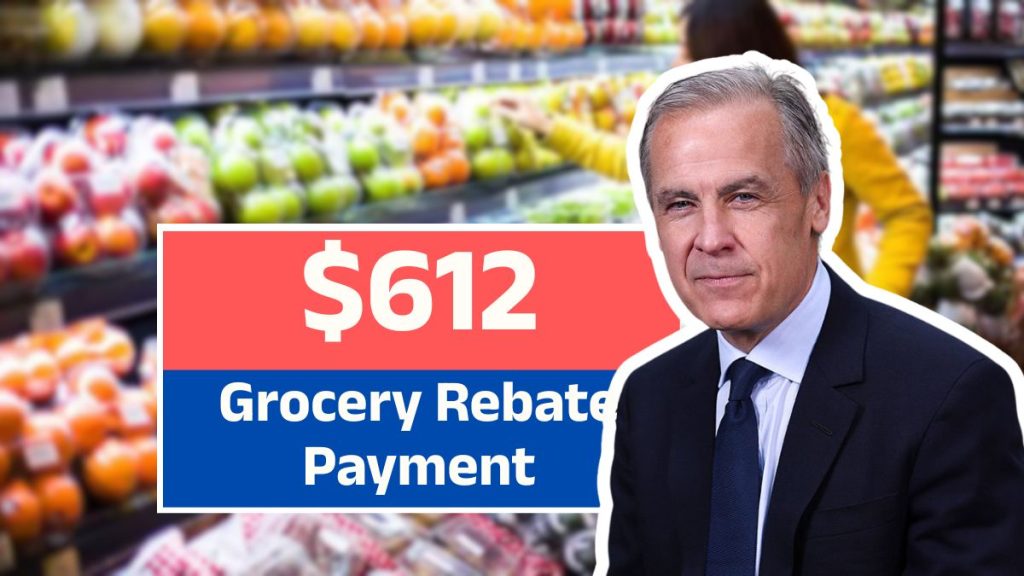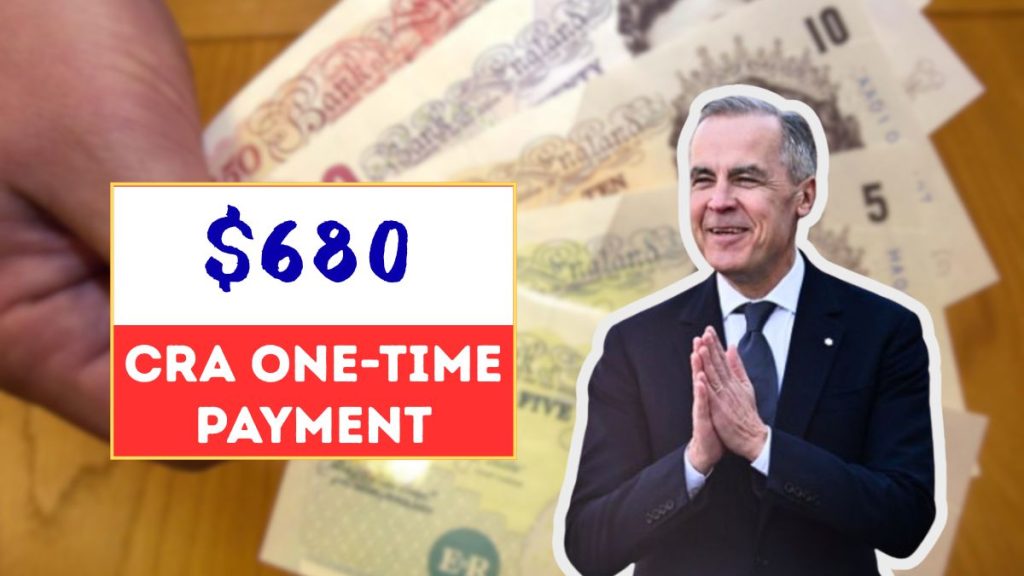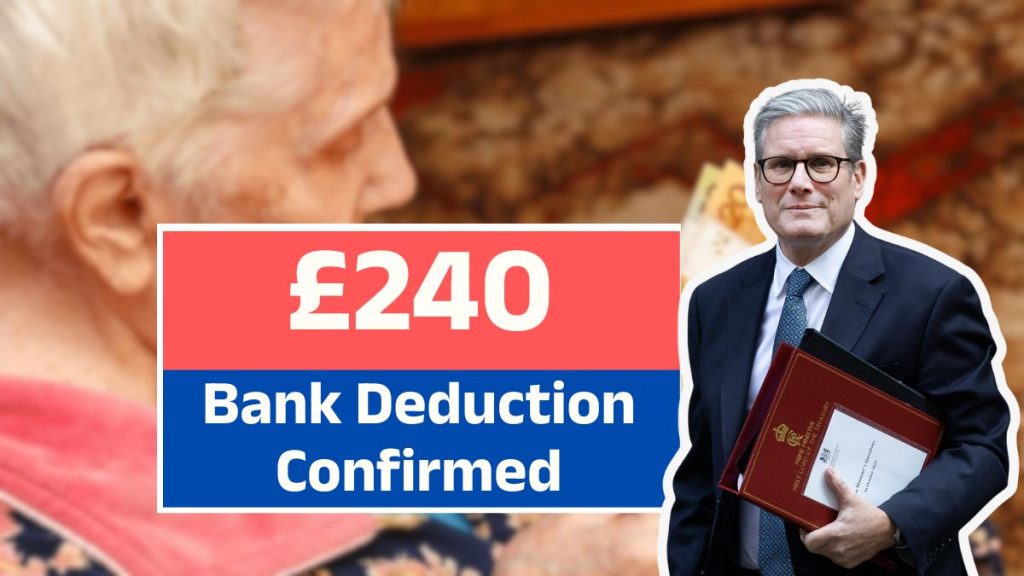As living costs across Canada continue to rise, many retirees are paying closer attention to the recent discussions surrounding the $1,433 Canada Pension Plan (CPP). Over the past few months, multiple online reports and social media posts have mentioned this figure, creating both excitement and confusion among Canadian seniors.
For retirees who depend heavily on CPP payments, understanding what this figure represents — and who actually qualifies for it — has become a key concern.
What the $1,433 CPP Payment Really Means (Separating Fact from Rumour)

The $1,433 Canada Pension Plan amount making headlines does not represent a new government bonus or one-time payment. Instead, it reflects the maximum monthly payout available under current CPP rules for retirees who have contributed at the highest possible level throughout their working years.
This means that while some Canadians may indeed receive the full $1,433 per month, most will receive a lower amount based on their contribution record and years in the workforce. The figure simply demonstrates the upper limit of what CPP can offer under the 2025 structure.
Canada Pension Plan Overview (Who Manages and Pays It)
The Canada Pension Plan is one of the nation’s core retirement income programs, managed by Service Canada and overseen by the Canada Revenue Agency (CRA).
It provides monthly payments to retirees, survivors, and individuals with disabilities who contributed to the plan during their working years. Contributions are automatically deducted from employees’ paycheques, matched by employers, and accumulated over time to determine each retiree’s eventual benefit.
CPP 2025 Snapshot (Quick Summary of Key Details)
| Department | Service Canada / CRA |
|---|---|
| Program Name | Canada Pension Plan (CPP) |
| Maximum Payment | $1,433 per month |
| Typical Payment Range | $800 – $1,000 per month |
| Next Payment Date | September 25, 2025 |
| Payment Frequency | Monthly |
| Beneficiaries | Canadian seniors and retirees |
| Official Website | www.canada.ca |
This information confirms that CPP is not a lump-sum payout but a recurring monthly benefit forming a key part of Canada’s public retirement system.
Who Qualifies for the $1,433 Canada Pension Plan (Eligibility Criteria Explained)
To receive the maximum $1,433 CPP payout, Canadians must meet several eligibility conditions related to their age, contribution history, and residency status.
You may qualify if:
- You are 65 years or older at the time of claiming (or earlier with a reduced rate).
- You have made consistent CPP contributions throughout your working career.
- You have lived in Canada for at least 10 consecutive years after turning 18.
- You maintain an active My Service Canada Account (MSCA) to track payments and updates.
Those who contributed less or had irregular work histories will typically receive lower payments, often between $700 and $1,000 per month.
How to Apply for the Canada Pension Plan (CPP Application Process 2025)
Applying for CPP is straightforward, but preparation is key to avoid delays. Here’s how to apply:
- Go to the official government website – www.canada.ca.
- Log in or create your My Service Canada Account (MSCA).
- Select “Apply for CPP Retirement Pension” under the benefits section.
- Fill in your employment history, personal details, and banking information.
- Upload supporting documents such as your Social Insurance Number (SIN) and proof of identity.
- Submit your application electronically and wait for confirmation from Service Canada.
Processing times vary, but most applications are approved within a few weeks if documentation is complete.
How Contributions Affect Your CPP Payment (Understanding the Formula)
Your CPP payment amount is directly linked to how much you contributed and for how long.
| Contribution Level | Estimated Monthly Payment |
|---|---|
| Long-term, maximum contributions | Around $1,433 |
| Moderate contributions | Roughly $800 – $1,000 |
| Limited contributions | About $400 – $700 |
In other words, the more years you work and contribute, the closer you’ll get to the maximum payout limit.
CPP Payment Schedule for 2025 (When You’ll Receive Your Money)
Service Canada follows a fixed payment schedule for CPP to help retirees plan their monthly finances.
Upcoming 2025 payment dates:
- August: 27 August 2025
- September: 25 September 2025
- October: 29 October 2025
- November: 26 November 2025
- December: 22 December 2025
Payments are made monthly, usually via direct deposit, ensuring seniors receive their pension on time without delays.
Common Misunderstandings About the $1,433 CPP Payment
There’s been significant confusion online regarding the $1,433 CPP figure, so let’s clear up the main myths:
- Myth 1: Everyone receives $1,433.
- Reality: Only individuals who made maximum contributions for most of their working life qualify.
- Myth 2: It’s a one-time bonus.
- Reality: The payment represents the maximum monthly pension, not a special payout.
- Myth 3: CPP automatically starts at age 65.
- Reality: You must apply to start receiving benefits — it’s not automatic.
Next CPP Deposit Date (September 2025 Payment Update)
According to Service Canada, the next CPP payment for eligible retirees will be deposited on 25 September 2025.
Those who made full contributions throughout their careers could receive the maximum payout of $1,433, while most Canadians will receive an amount proportional to their work and payment history.
It’s advisable to regularly check your My Service Canada Account to confirm your deposit schedule and ensure your banking details are up to date.
Why the Canada Pension Plan Is Vital for Retirees (A Financial Safety Net)
The Canada Pension Plan remains one of the most essential pillars of retirement income for millions of Canadians.
For many seniors, especially those without significant private savings, CPP provides financial security during retirement years — covering essential expenses like housing, groceries, and healthcare.
Given the ongoing rise in inflation and housing costs, the monthly pension plays a critical role in maintaining stability and dignity for older Canadians.
How the CPP Is Different from OAS (Old Age Security Explained)
While both CPP and OAS provide income to seniors, they serve different purposes:
- CPP is based on your employment contributions.
- OAS is based on residency and citizenship, not work history.
This means you can receive both simultaneously — helping you increase your total monthly retirement income. Many retirees rely on the combined amount to meet their financial needs comfortably.
Tips to Maximise Your CPP Benefits (Smart Financial Planning)
If you’re not yet retired, here’s how you can increase your CPP entitlement:
- Work longer and delay retirement — CPP increases by 0.7% for every month you defer after 65 (up to age 70).
- Ensure continuous contributions during employment.
- Track your contributions using your MSCA account.
- Review your tax slips (T4s) to confirm all CPP deductions were made correctly.
By strategically planning your retirement, you can come closer to the maximum benefit threshold.
CPP for Survivors and the Disabled (Other Key Provisions)
CPP isn’t limited to retirees. The program also offers:
- Survivor benefits for spouses or common-law partners of deceased contributors.
- Disability benefits for individuals unable to work due to long-term health conditions.
- Children’s benefits for dependents of deceased or disabled CPP contributors.
These provisions ensure the system supports Canadians throughout various life circumstances, not just retirement.
How to Verify Official CPP Information (Avoid Scams)
With so many misleading online articles about the “$1,433 CPP payment,” it’s vital to rely on official government sources.
Always verify information directly on:
- www.canada.ca – the official federal site.
- My Service Canada Account (MSCA) – for personal payment details.
- Service Canada offices – for in-person assistance.
Avoid sharing your SIN, banking information, or personal data on unofficial websites or social media posts.
Final Thoughts (The Reality Behind the $1,433 Canada Pension Plan)
The $1,433 CPP represents the maximum monthly amount retirees can receive — not a new or special government payment.
While not every Canadian will qualify for the full amount, the Canada Pension Plan remains a critical financial support system for millions of seniors nationwide.
Understanding how CPP works, staying informed through official channels, and managing personal contributions early are the best ways to ensure a stable and secure retirement in 2025 and beyond
(5) Frequently Asked Questions (FAQs)
Q1. What is the $1,433 Canada Pension Plan payment?
It is the maximum monthly benefit retirees can receive under the CPP, based on maximum lifetime contributions.
Q2. Does everyone receive $1,433 from CPP?
No. Only individuals who contributed the maximum amount for most of their working years qualify. Most receive between $700 and $1,000 per month.
Q3. When is the next CPP payment date in 2025?
The next scheduled CPP payment will be 25 September 2025, followed by monthly deposits through December.
Q4. How can I check my CPP eligibility or payment status?
You can log in to your My Service Canada Account (MSCA) at www.canada.ca to review eligibility, payment dates, and contribution history.
Q5. Is the $1,433 payment a one-time bonus?
No. It’s the maximum monthly pension rate, not a temporary or extra benefit. The amount is adjusted annually to reflect inflation and contribution limits.













